When discussing property ownership, it's essential to distinguish between different types of property. One important category is tangible personal property, which refers to items that you can physically touch or move.
What Is Tangible Personal Property?
In simple terms, tangible personal property consists of physical objects that aren't attached to real estate. Unlike intangible property like stocks or intellectual property, tangible assets are items you can see and handle. Examples include furniture, jewelry, vehicles, and equipment.
How Does Tangible Personal Property Differ From Real Property?
Real property refers to immovable assets like land or buildings. On the other hand, tangible personal property is movable and not permanently attached to any structure. For instance, a sofa in your living room is tangible personal property, whereas the house itself is real property.
Why Is Tangible Personal Property Important?
Understanding the concept of tangible personal property can be crucial for taxation, estate planning, and insurance purposes. For example, many jurisdictions have separate tax rules for tangible personal property. Additionally, having an inventory of your belongings can help ensure adequate insurance coverage.
Tips for Managing Tangible Personal Property
- Create an Inventory: Keep a detailed list of your items for insurance and tax purposes.
- Appraise Valuable Items: Get professional appraisals for high-value items like antiques or jewelry.
- Secure Proper Insurance: Ensure your personal property insurance adequately covers all your belongings.
FAQs
- What is an example of tangible personal property?
Items like cars, furniture, or jewelry are common examples. - Is cash considered tangible personal property?
No, cash is typically classified as an intangible asset. - Can tangible personal property be taxed?
Yes, some states or countries may impose taxes on tangible personal property.



.jpg)
.jpg)




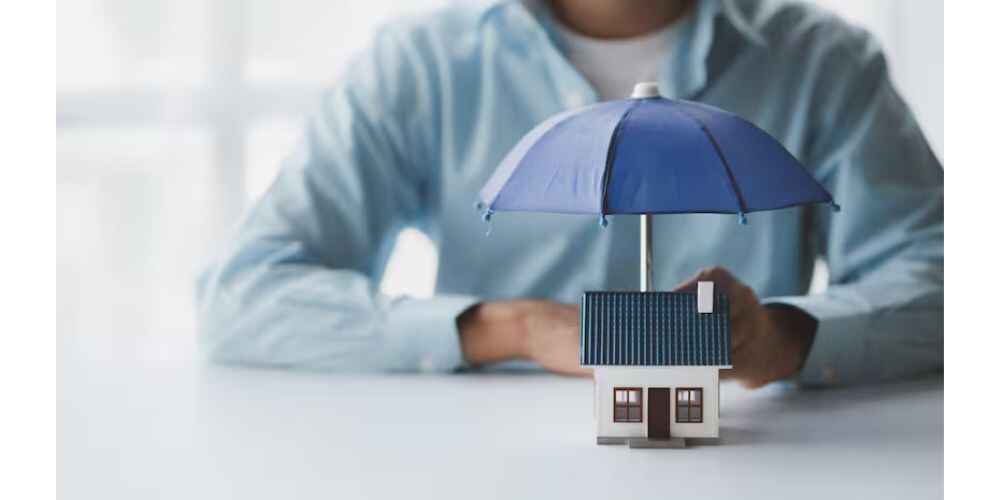
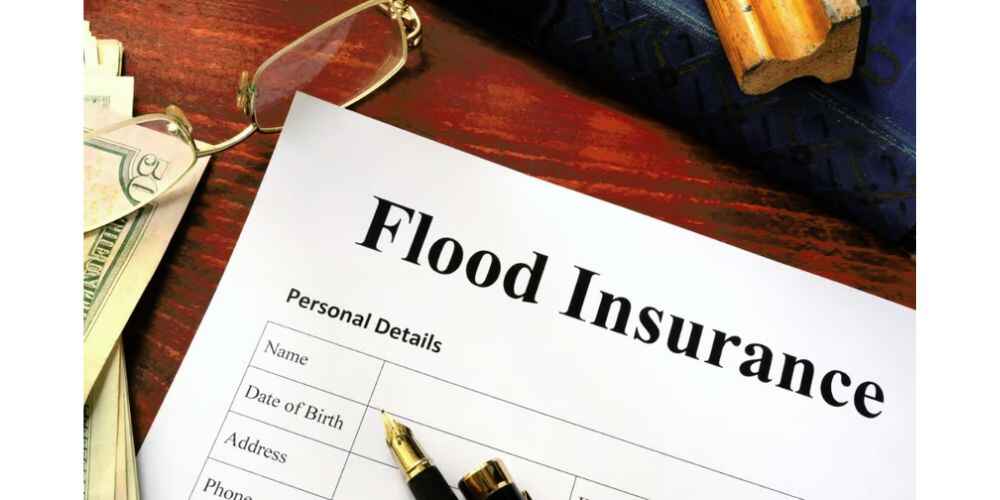
.jpg)




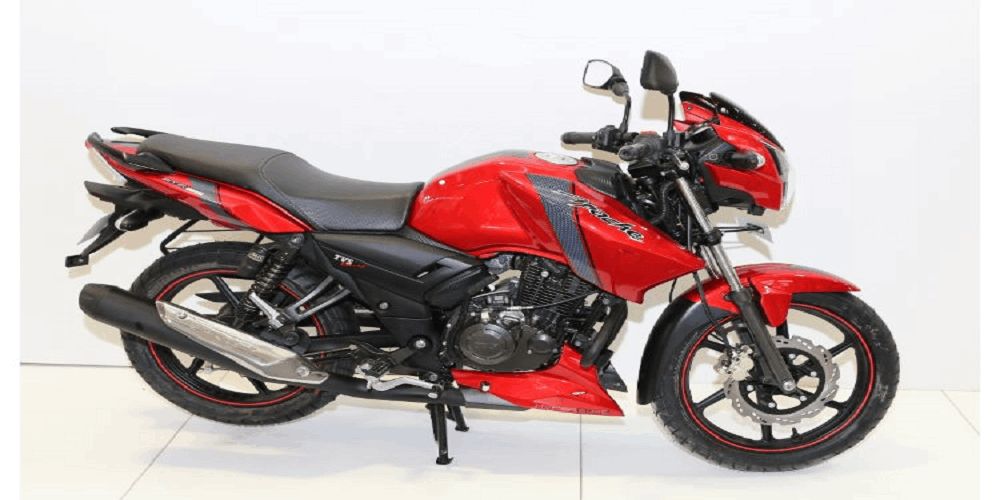
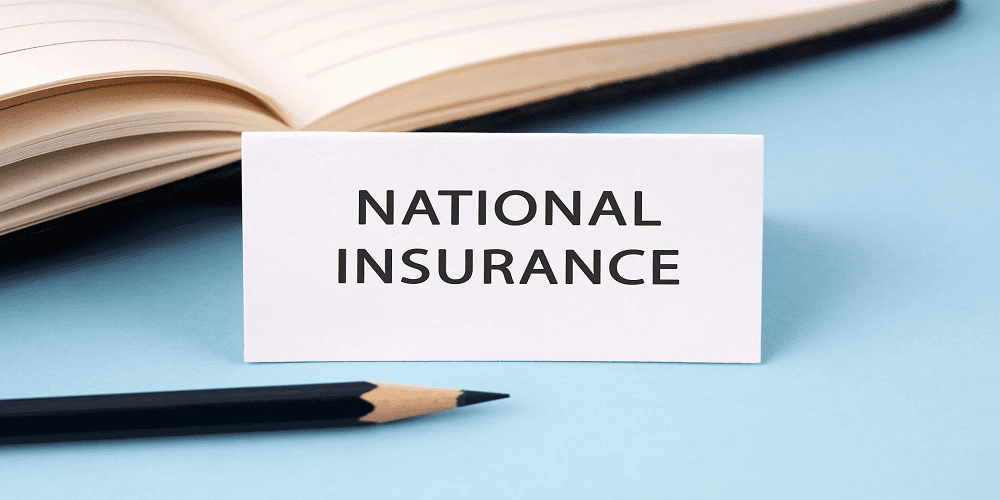
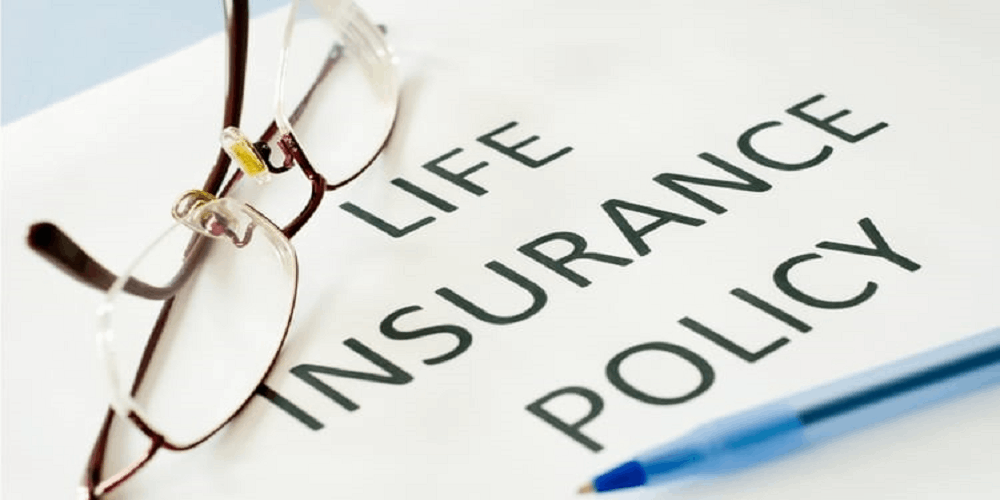




Leave A Comment
0 Comment